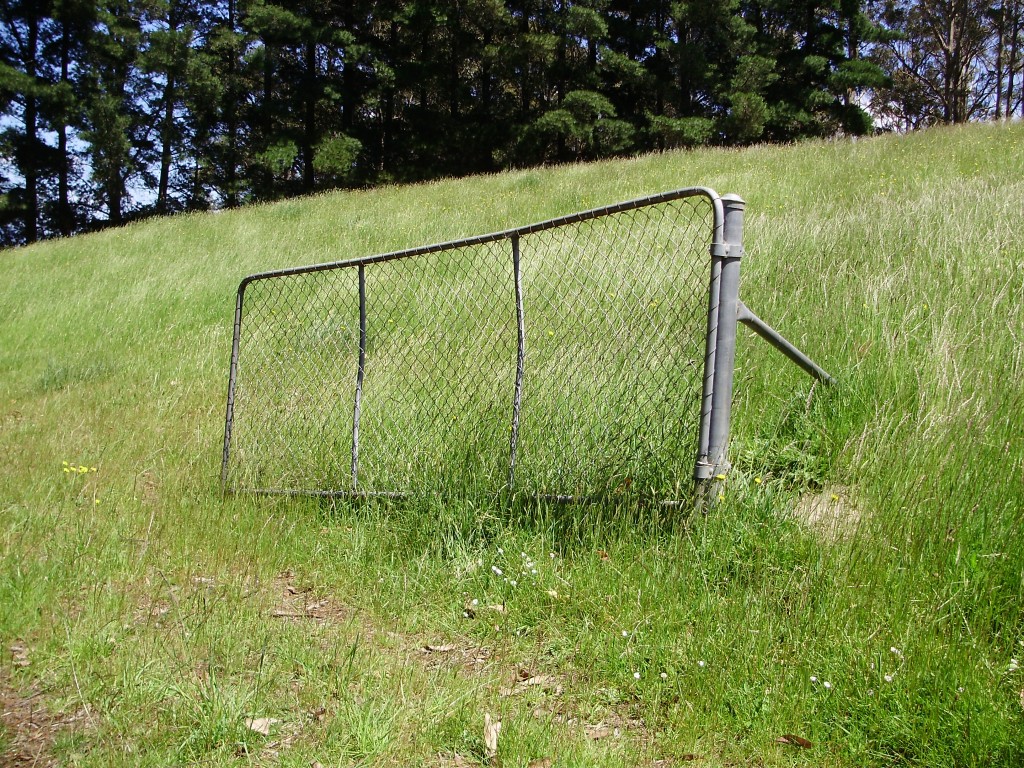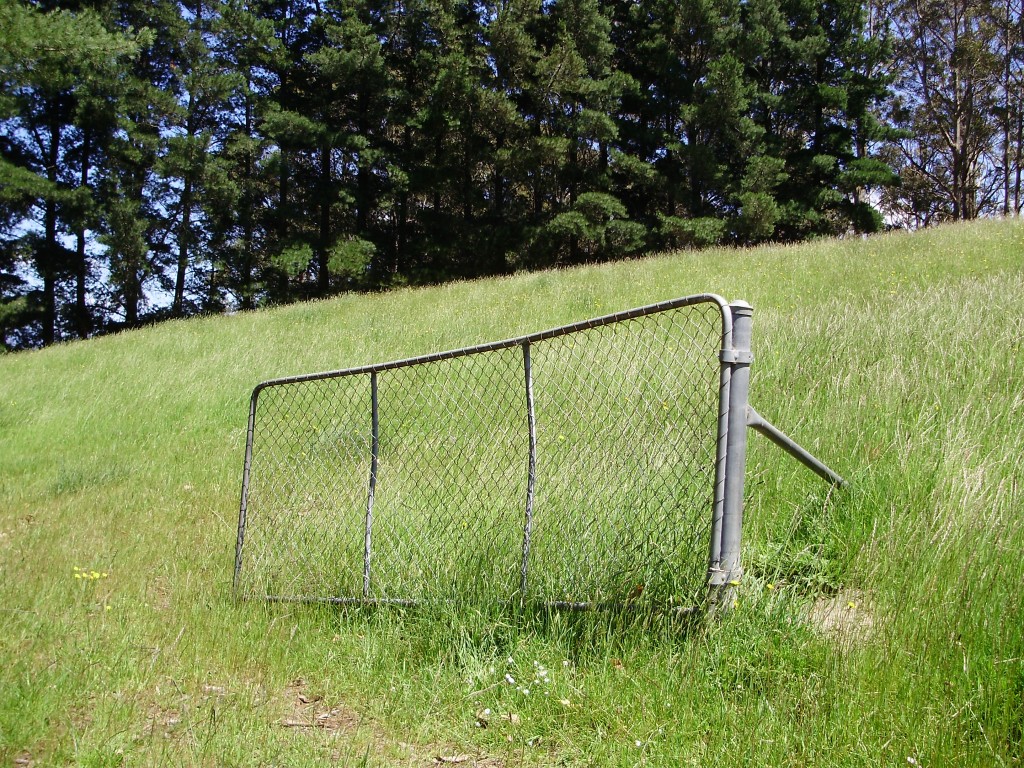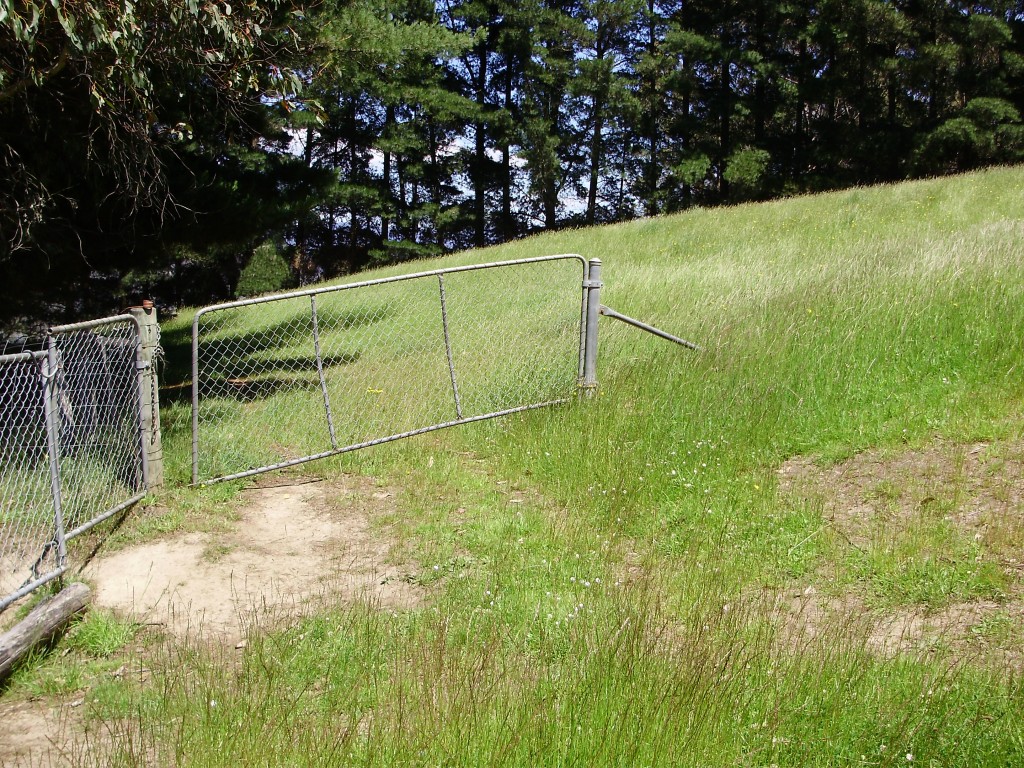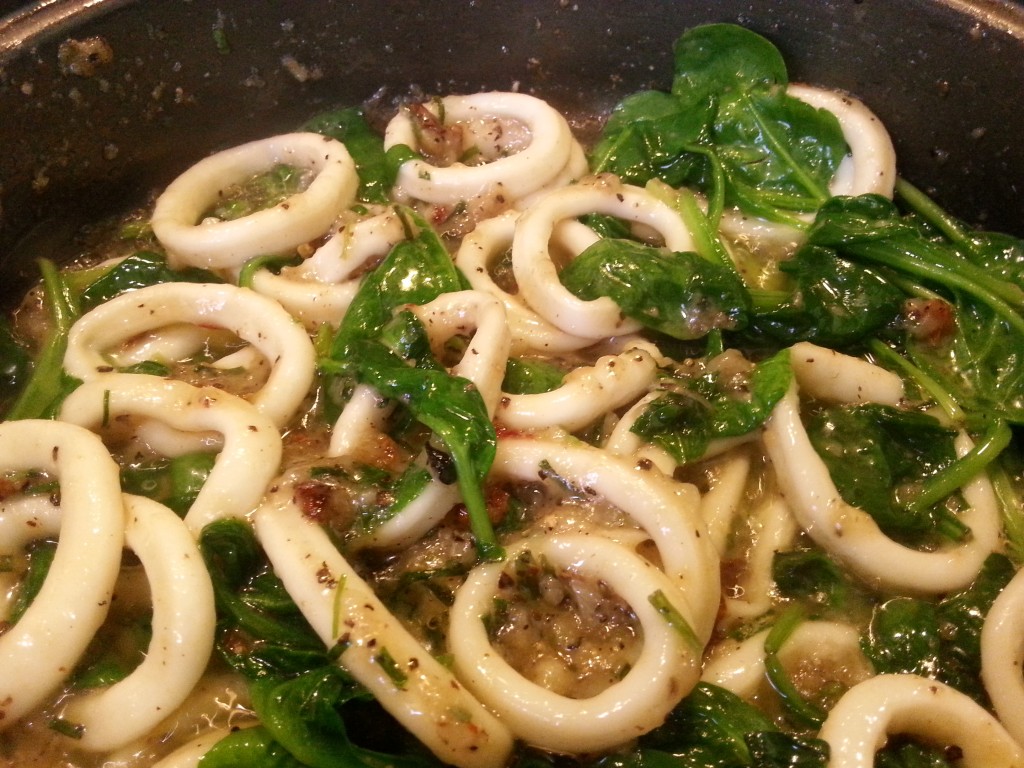As I mentioned on Twitter last week, I’m very happy SUSE was able to support linux.conf.au 2015 with a keynote giveaway on Wednesday morning and sponsorship of the post-conference Beer O’Clock at Catalyst:
Very happy we’ve been able to support #lca2015 with a keynote gift & post conf drinks @SUSE pic.twitter.com/T1NKn81PG4
— Tim Serong, Esquire (@tserong) January 13, 2015
For those who were in attendance, I thought a little explanation of the keynote gift (a Samsung Galaxy Tab 4 8″) might be in order, especially given the winner came up to me during the post-conference drinks and asked “what’s up with the tablet?”
To put this in perspective, I’m in engineering at SUSE (I’ve spent a lot of time working on high availability, distributed storage and cloud software), and while it’s fair to say I represent the company in some sense simply by existing, I do not (and cannot) actually speak on behalf of my employer. Nevertheless, it fell to me to purchase a gift for us to provide to one lucky delegate sensible enough to arrive on time for Wednesday’s keynote.
I like to think we have a distinct engineering culture at SUSE. In particular, we run a hackweek once or twice a year where everyone has a full week to work on something entirely of their own choosing, provided it’s related to Free and Open Source Software. In that spirit (and given that we don’t make hardware ourselves) I thought it would be nice to be able to donate an Android tablet which the winner would either be able to hack on directly, or would be able to use in the course of hacking something else. So I’m not aware of any particular relationship between my employer and that tablet, but as it says on the back of the hackweek t-shirt I was wearing at the time:
Some things have to be done just because they are possible.
Not because they make sense.





